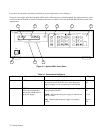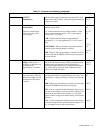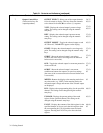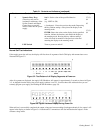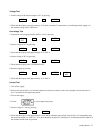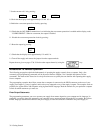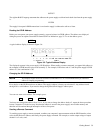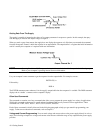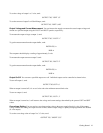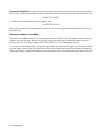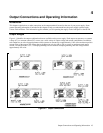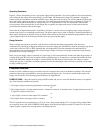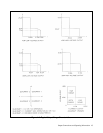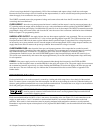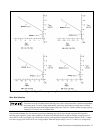
Getting Started40
Getting Data From The Supply
The supply is capable of measuring the values of its output parameters in response to queries. In this example, the query
asks the supply to measure the output voltage at output 1.
When you send a query from remote, the supply does not display the response as it did when you executed the command
from the front panel. Instead, it holds the response in an output buffer. The output buffer is a register that holds information
until it is read by the computer or is replaced with new information.
NOTE On an Agilent Series 200 Computer, the A variable must be declared before you do the following steps.
Refer to your computer’s operating manual for more information.
Use your computer’s enter statement to get the response from the output buffer. For example, execute:
ENTER 705; A
Followed by:
DISP A
The ENTER statement enters whatever is in the supply’s output buffer into the computer’s A variable. The DISP statement
displays the A variable ’ s contents on the computer’s display.
Often Used Commands
The command set contains over forty commands that allow you to program the power supply in a variety of applications.
Within this command set, however, is a small subset of commands that are all you need for most applications. These
commands are: VSET, ISET, VOUT?, IOUT?, OUT, OVSET, and OCP.
Each of these commands is briefly discussed in the following paragraphs to help you get started in programming your
supply. To know more about these commands, refer to Chapter 5.
Voltage and Current Programming. You can send voltage and current values to the power supply directly in volts or
amps The following examples use voltage and current values that are within the range of any output that the power supply
provides.



